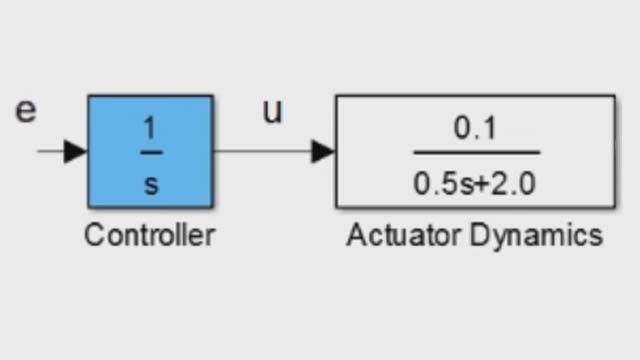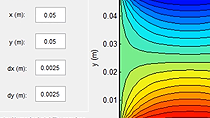使用 MATLAB 进行深度学习:10 行代码实现迁移学习
来自系列: Deep Learning with MATLAB
迁移学习是一种深度学习方法,它将为某个任务训练好的模型用作起点,来构建执行另一个相似任务的模型。迁移学习通常用于图像分类、计算机视觉和自然语言处理。
了解如何用 10 行 MATLAB 代码执行迁移学习。更具体地说,学习如何修改预先训练的 GoogLeNet 网络来对食物图像进行分类。MATLAB提供内置函数,允许您轻松修改和重新训练预训练网络,实现高分类准确性。您还将学习如何使用相同的迁移学习工作流程作为视觉检查系统的一部分。
出版年份: 2024 年 11 月 12 日





